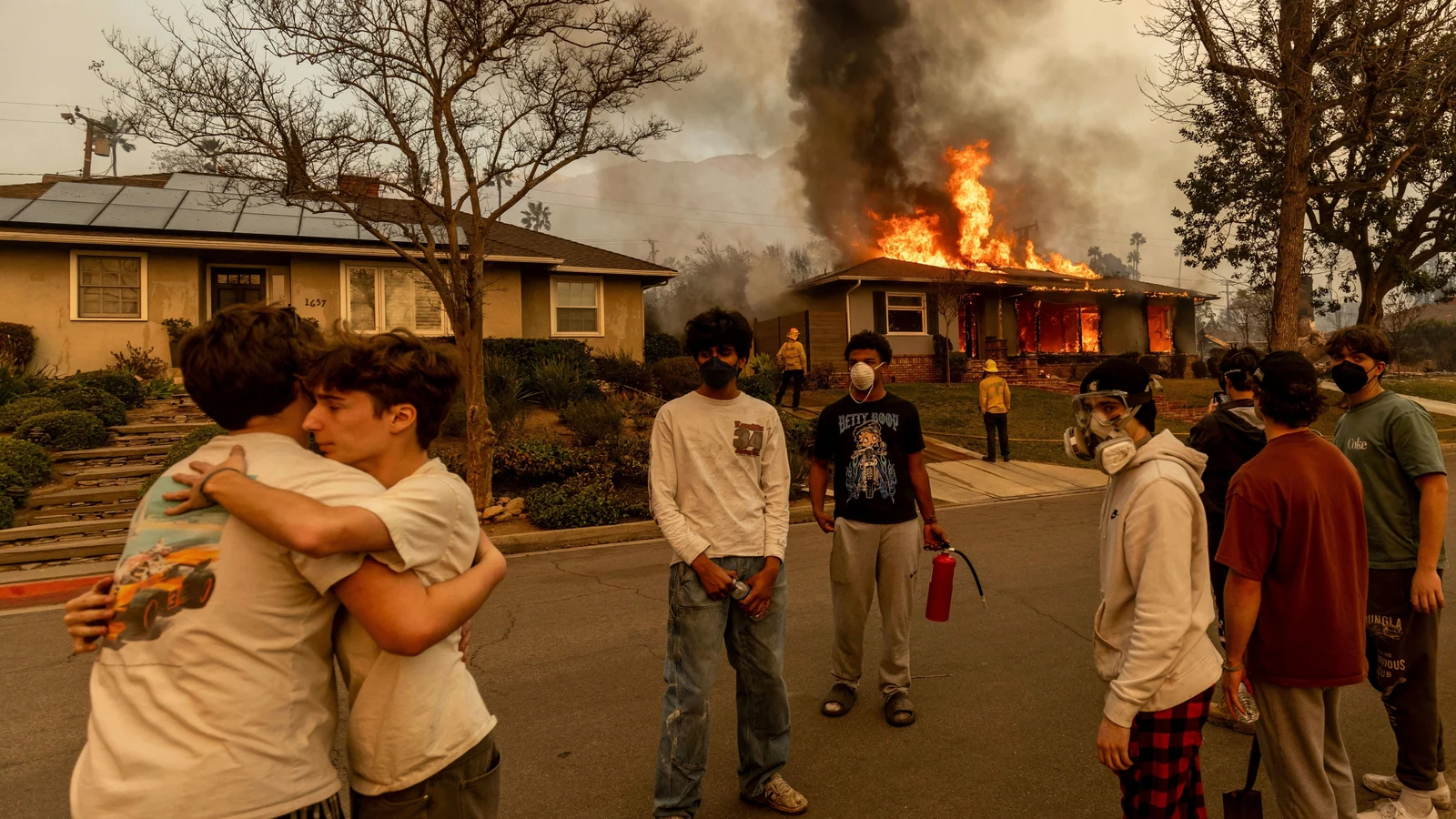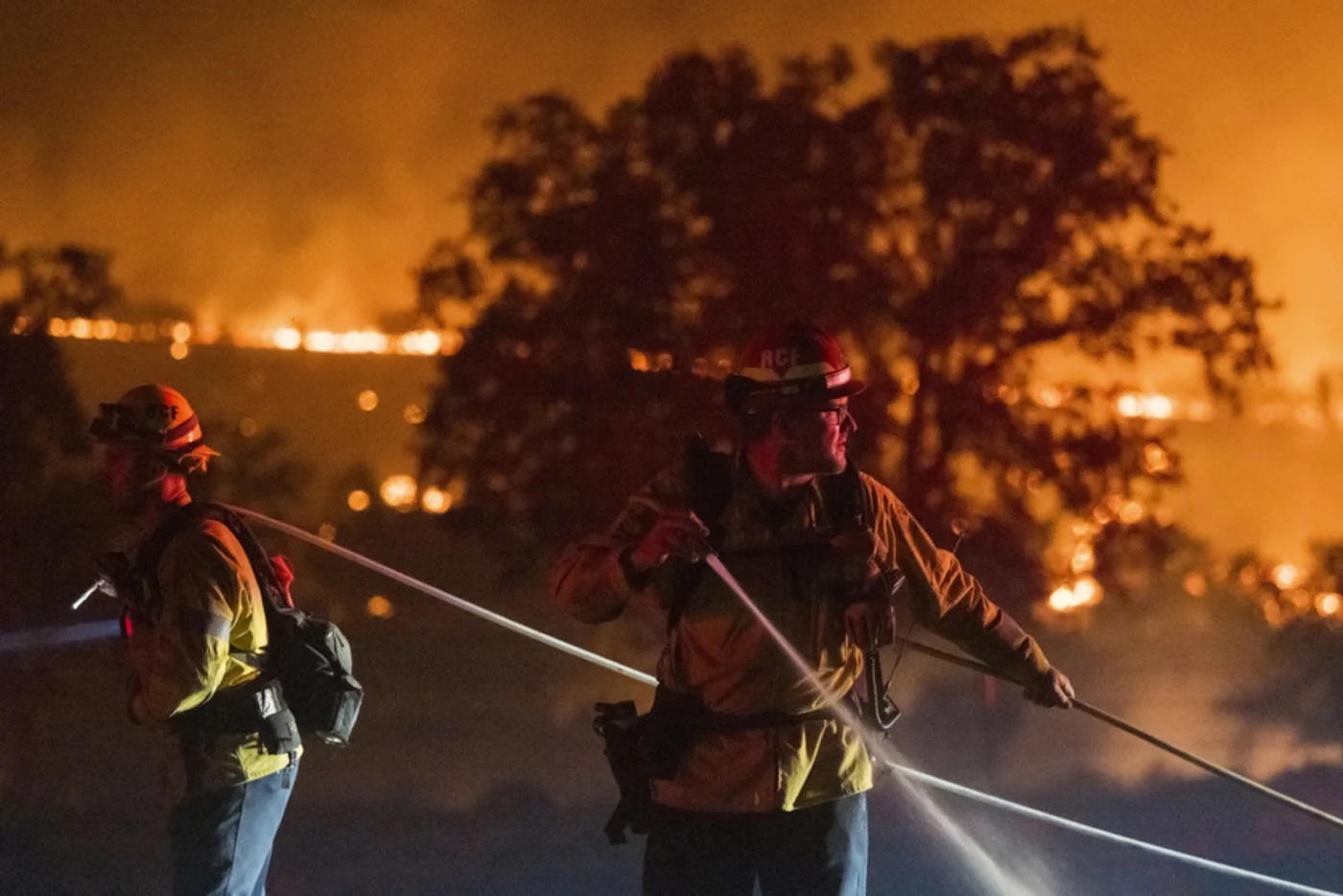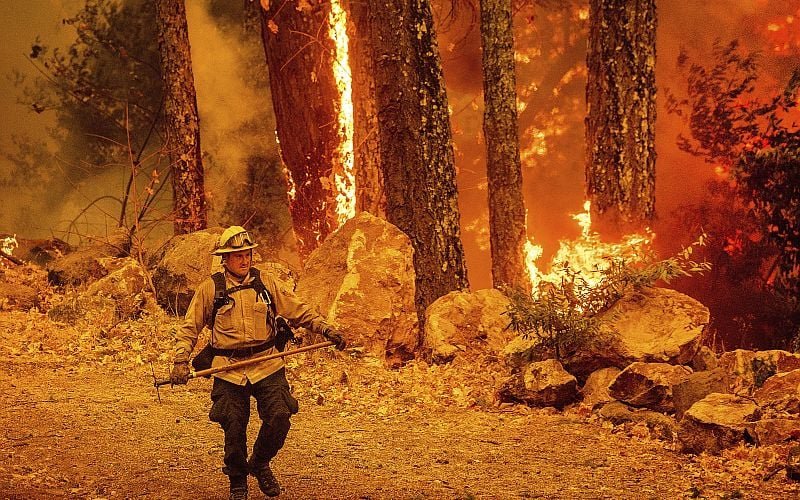California fires:
- Los Angeles fire occurrences have made headlines worldwide, and the disastrous wildfires that raced through California in 2025 have left the globe in shock.
- The catastrophic mix of human and natural causes that led to the fires has brought attention to California’s infrastructure and ecosystem’s vulnerabilities once more.
- With an emphasis on Cal Fire’s crucial role and the difficulties they faced, this blog explores the causes, origins, and effects of the 2025 California fire in great detail.
The Scale of the 2025 California Fire:
With more than 3.5 million acres burned, the 2025 California fire season was among the most catastrophic in the state’ history. Los Angeles County was one of the most severely affected, with wildfires destroying thousands of homes, uprooting tens of thousands of people, and causing billions of dollars in damages. As a sobering reminder of the state’s continuous battle with flames, the Los Angeles fire occurrences have come to represent the larger situation.
The Initial Spark: How Did It Start?
- High Winds: The infamous Santa Ana winds were a major factor in the fires’ progress. These winds, which have a top speed of 70 mph, can spread embers far and start new fires.
- Human Activity: According to reports, human activities such as campfires, power line failures, and unintentional sparks from construction equipment may have caused some of the fires. Given that Cal Fire and local officials are looking into a number of suspicious instances, the possibility of arson
Los Angeles Fire: The Epicenter of Destruction:
- During the 2025 season, the Los Angeles fires were some of the most devastating. There were extensive evacuations and extensive damage as a result of the fire engulfing important locations like Malibu, Santa Clarita, and Griffith Park.
- Rapid fire spread overwhelmed firefighting efforts and brought attention to the difficulties Cal Fire and other authorities faced.
Urban Vulnerability:
Los Angeles is especially susceptible to flames due to its distinct topography and urban development. A high-risk environment is created by the city’s closeness to wilderness regions and its dense housing projects. The issue is made worse by the fact that many residences in fire-prone locations are constructed using flammable materials.
Air Quality Crisis
Los Angeles and the neighboring areas were covered in smoke as a result of the flames, creating a public health disaster. Residents were forced to wear masks and remain indoors due to the dangerously high air quality index. Hospitals observed an increase in patients with respiratory conditions, and businesses and schools were shuttered.
The Role of Cal Fire:
Cal Fire, California’s state firefighting agency, was at the forefront of battling the 2025 wildfires. Despite their best efforts, the sheer scale and intensity of the fires presented unprecedented challenges.

Resource Strain:
- Thousands of firefighters were working around the clock to contain the fires, but Cal Fire was severely short on supplies.
- Although the government used bulldozers, airplanes, and other tools, the fires’ quick spread frequently exceeded its attempts.
- Creative Techniques Cal Fire used a number of creative tactics to address the situation: controlled Burns: In order to lower fuel loads, Cal Fire has been using controlled burns more frequently in recent years. These measures, however, were not enough to stop the fires in 2025.
- Technology Integration: To track fire behavior and pinpoint hotspots, satellite photography and drones were employed. Despite offering insightful information, these instruments could not compete with the intensity of the fires. Mutual Aid: In order to fight the flames, Cal Fire worked with organizations from other states and nations, bringing in more staff and supplies.

Environmental and Economic Impact:
-
The California fire of 2025 has had a significant impact on the environment and economy of the state.Devastation of the EnvironmentLoss of Wildlife: The fires killed thousands of animals and destroyed the habitats of many more.There were new risks to the survival of iconic species like the California condor.Ecosystem Damage: Soil erosion and water contamination resulted from the fires’ destruction of watersheds, meadows, and woods.Economic Repercussionstotal loss: Thousands of homes and businesses were destroyed by the fires, resulting in an estimated $15 billion in total loss.Insurance Costs: The cost of insurance skyrocketed for homeowners in fire-prone areas, and many had trouble obtaining coverage.Decline in Tourism: The flames discouraged travelers from coming to California, which cost the state’s hospitality sector a lot of money.
Lessons Learned and the Path Forward:
- In order to alleviate the state’s wildfire situation, comprehensive action is urgently needed, as demonstrated by the 2025 California fire. Planning and Policy. Better Land Management: To lower the risk of wildfires, more money must be allocated to forest thinning, planned burns, and other land management techniques.
- Stronger Building Codes: Homes in high-risk regions can be protected by requiring new building to use fire-resistant materials. Community Education: Initiatives to raise public knowledge can motivate locals to take preventative measures, like establishing defensible areas around their homes.
Addressing Climate Change:The role of climate change in exacerbating wildfires cannot be ignored. Policymakers must prioritize measures to reduce greenhouse gas emissions and transition to renewable energy sources. Failure to act will only increase the frequency and severity of wildfires in the future.
Supporting Firefighters:
Cal Fire and other firefighting agencies need increased funding and support to enhance their capabilities. This includes hiring more personnel, upgrading equipment, and providing mental health resources for firefighters who endure immense stress and trauma.




Leave a Comment